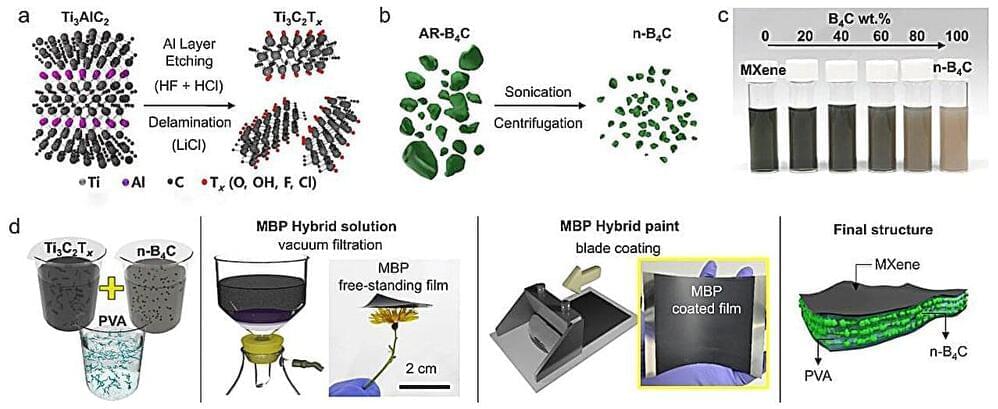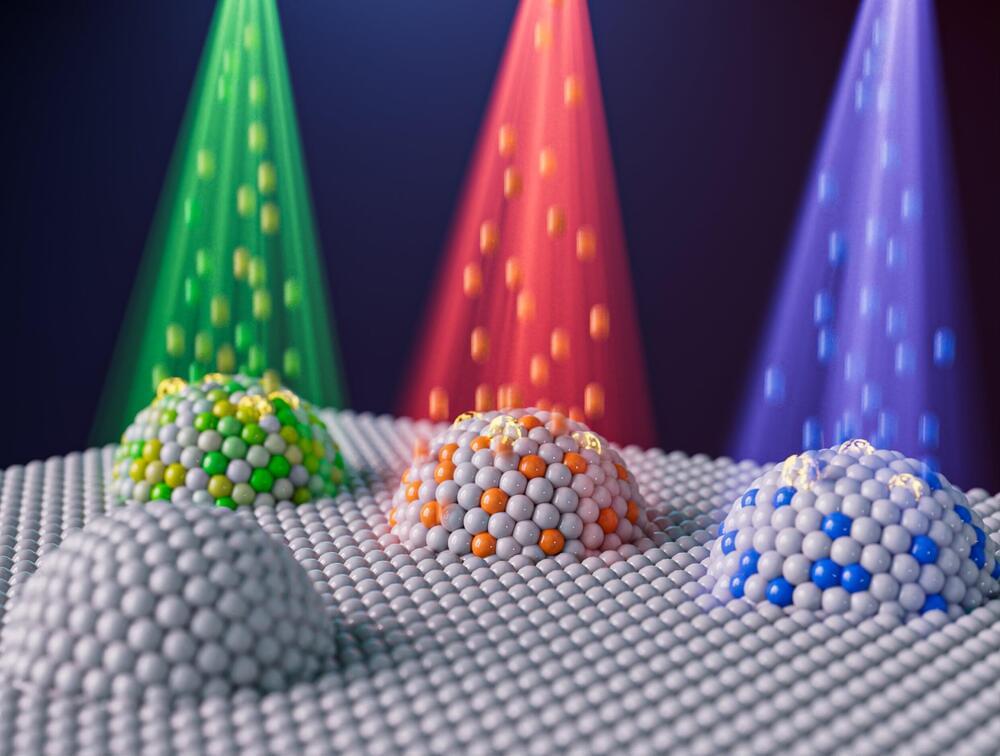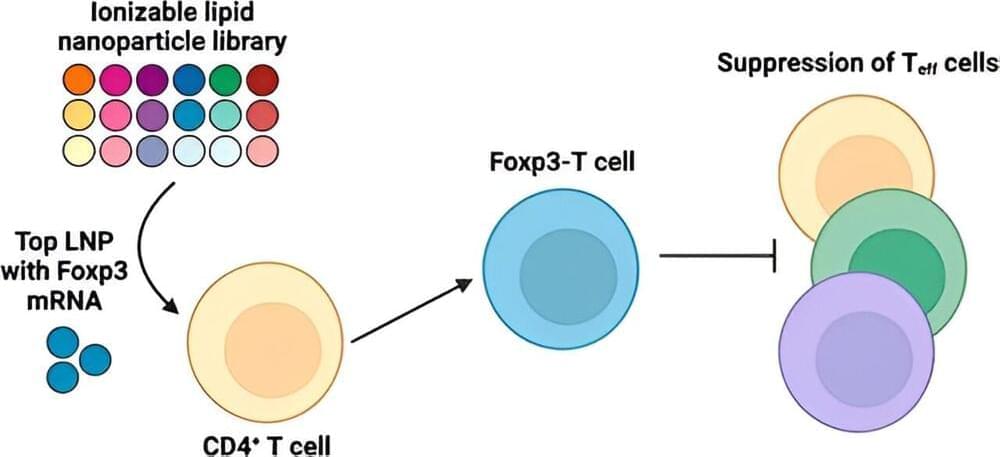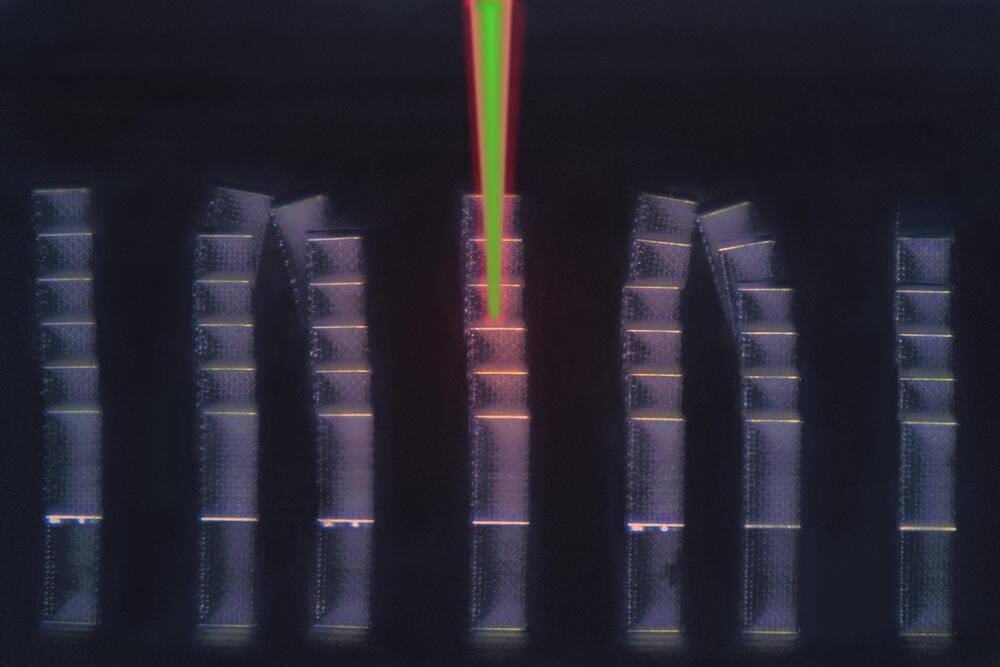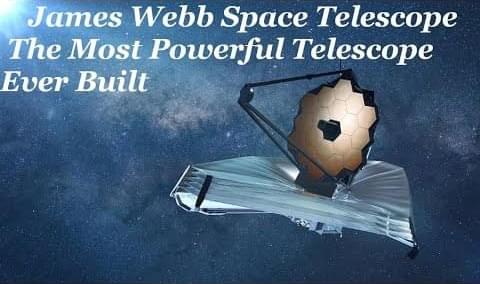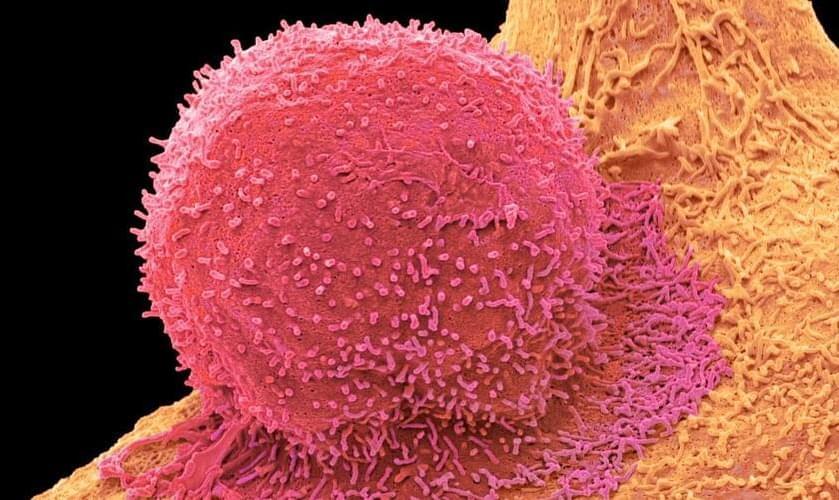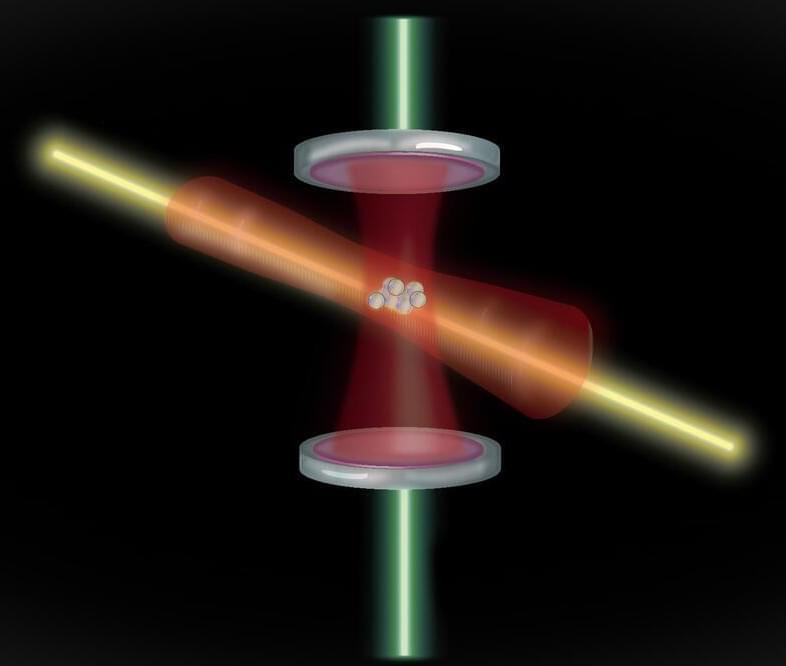Nov 22, 2023
Windows Hello auth bypassed on Microsoft, Dell, Lenovo laptops
Posted by Genevieve Klien in categories: computing, engineering, security
Security researchers bypassed Windows Hello fingerprint authentication on Dell Inspiron, Lenovo ThinkPad, and Microsoft Surface Pro X laptops in attacks exploiting security flaws found in the embedded fingerprint sensors.
Blackwing Intelligence security researchers discovered vulnerabilities during research sponsored by Microsoft’s Offensive Research and Security Engineering (MORSE) to assess the security of the top three embedded fingerprint sensors used for Windows Hello fingerprint authentication.
Continue reading “Windows Hello auth bypassed on Microsoft, Dell, Lenovo laptops” »

